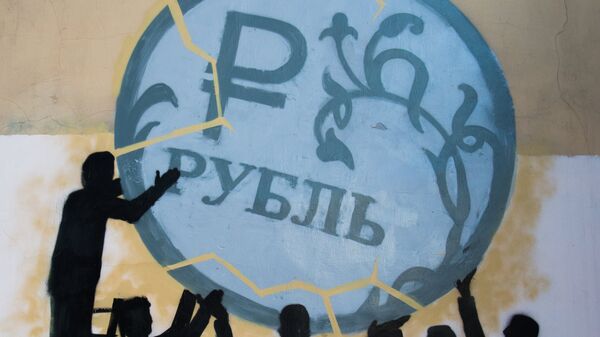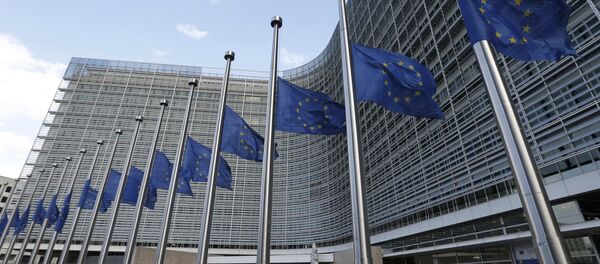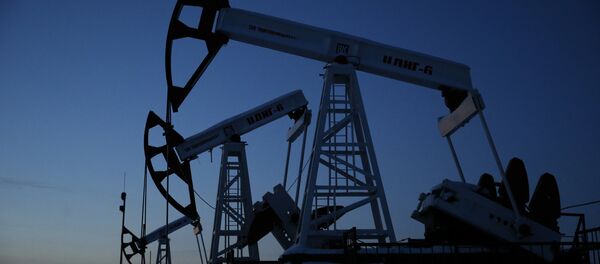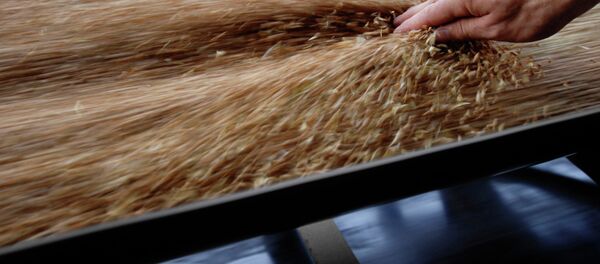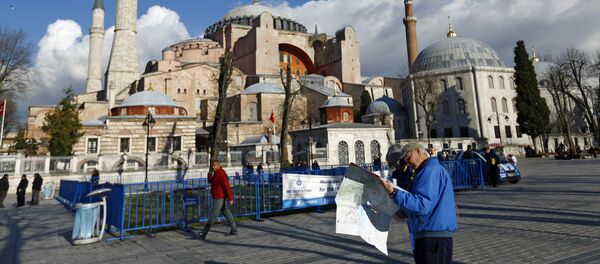This is taking place "with none of the fanfare that greeted Saudi Arabia’s plan for the post-oil era," it added.
After Russia’s economy slumped following the drop in global oil prices, new industries have emerged in Russia. And they are continuing to develop amid the economic downturn.
"New drivers for growth have already appeared in the economy — agriculture, chemicals, the food industry, domestic tourism. They haven’t yet made up for a drop in non-tradable sectors, which was a one-off and structural," Deputy Finance Minister Maxim Oreshkin told Bloomberg.
However, newly growing industries has slowed down the GDP drop. For example, in the first quarter of 2016 the Russian economy contracted less than expected. The GDP drop of 1.2 percent against the previous year was minimal since the beginning of the crisis in 2015.
Last year, the GDP share of the agricultural industry rose to 4.4 percent, the highest since 2003. In 2015, pre-tax incomes in the Russian agricultural industry rose by 45 percent, to 272 billion rubles.
The agricultural boost was made possible thanks to the weakening ruble and, particularly, by the food imports ban Russian introduced in response to Western sanctions.
Another reason was growing investments into the farming industry. Long before 2014, Russian businesses began investing into agricultural companies. As a result, when the food ban was introduced the industry was already primed for rapid growth.
The weakening ruble also helped export-oriented agricultural sectors, including grain exports. Russia has regained the leading positions in exporting wheat as well as began expansion to new markets.
In 2016, Russia is expected to become the world’s biggest wheat exporter, surpassing the US and Canada. Russia’s wheat exports are expected to reach 23.5 million tons. Low oil prices have reduced wheat transportation costs while the devaluated ruble has made the price tag for Russian wheat very attractive.
The food-manufacturing and chemical industries have managed to adapt as best they can to the crisis. They became the leaders of the so-called import substitution program in the Russian economy.
Other optimistic changes have taken place in the machine-manufacturing industry. This year, sales of agricultural vehicles, commercial vehicles and cars have grown for the first time in the past two year.
The factors behind the growth are increased state aid for manufacturers as well as the devaluated ruble and growing demand from the agricultural sector.
Finally, the weak ruble along with the suspension of tourist flights to Egypt and Turkey have contributed a lot to domestic tourism. According to the Association of Russian Tourist Companies, this year domestic tourism is expected to grow 20 percent while the number of tourists travelling abroad would decrease by 30 percent.
Nearly 1.5 million Russian tourists would visit the Krasnodarsky Region this year. Some 2 million people are looking for alternatives abroad. Domestic tourism is also expected to grow in 2017.

